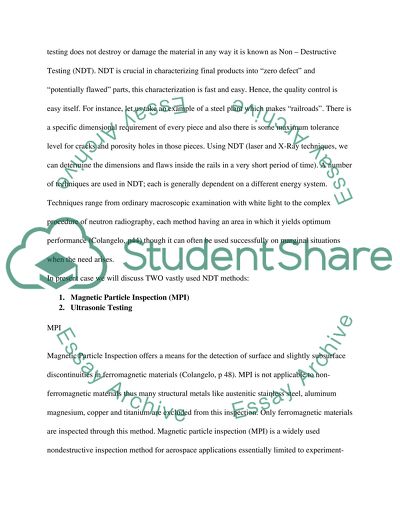Cite this document
(“Non-Destructive Testing Essay Example | Topics and Well Written Essays - 2250 words”, n.d.)
Retrieved from https://studentshare.org/miscellaneous/1520380-non-destructive-testing
Retrieved from https://studentshare.org/miscellaneous/1520380-non-destructive-testing
(Non-Destructive Testing Essay Example | Topics and Well Written Essays - 2250 Words)
https://studentshare.org/miscellaneous/1520380-non-destructive-testing.
https://studentshare.org/miscellaneous/1520380-non-destructive-testing.
“Non-Destructive Testing Essay Example | Topics and Well Written Essays - 2250 Words”, n.d. https://studentshare.org/miscellaneous/1520380-non-destructive-testing.


